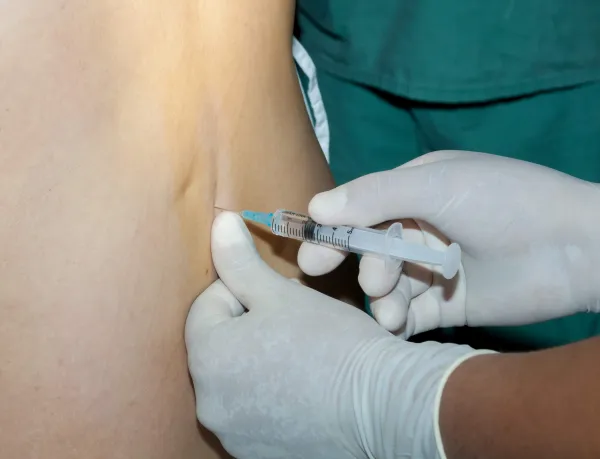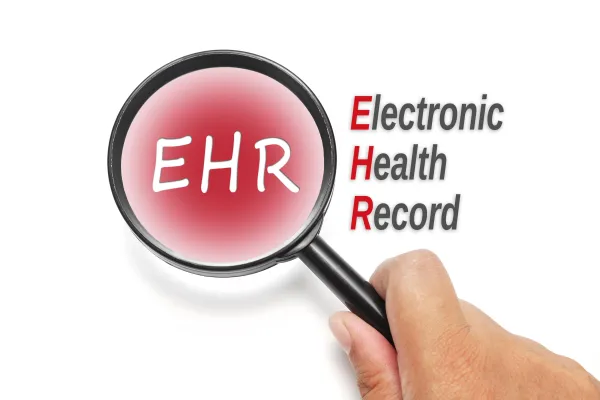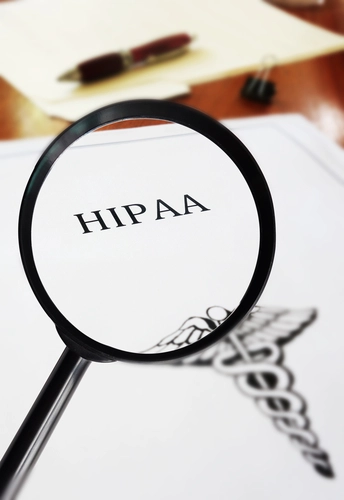Keep an Eye on Notes for Sure-Shot Epidural Injection Coding

Reminder: Cervical/thoracic, lumbar/sacral shots have separate codes. PM coders that file claims for patients who have back or neck pain — or several other conditions — might be using epidural injection codes. Reporting these encounters might be a little more difficult than you think. Why? There are separate codes depending on the exact anatomy of the epidural. Further, payers have lists of approved diagnoses for these shots, and they can differ. Read on the see what our experts have to say about reporting the cleanest epidural injection claims possible. Reach for These Codes for Cervical/Thoracic Injections Kelly Dennis, MBA, ACS-AN, CAN-PC, CHCA, CPC, CPC-I, owner of Perfect Office Solutions in Leesburg, Florida, confirms that then your PM specialist performs a cervical or thoracic epidural injection, you’ll report: According to Denise Paige, CPC, COSC, of PIH Health in Whittier, California, patients who need these injections “usually suffer from back or neck pain, limited motion, [or] pain or numbness in one or both upper extremities … Diagnoses vary but usually the symptoms are due to some form of arthritis or a degenerative disc process with or without myelopathy or radiculopathy.” Conservative Tx: With most payers, you’ll need to prove that you tried other forms of more conservative treatment — such as rest, medication, etc. — before opting for epidural injections. Epidural injections are the second level of treatment for such conditions. If conservative treatment and an epidural fail surgery “is usually the next step,” explains Paige. According to Paige, some diagnoses that might prove medical necessity for 62320 and 62321 include: Note 1: This is not a complete, or approved, list of ICD-10 codes for 62320 and 62321. For more specific education, check your payers’ individual policies before filing the claim. You might also find that different payers have different definitions of “conservative treatments,” which you’ll want to consider to be sure that your epidural injection claim sails through. Opt for These Codes on Lumbar/Sacral Shots Dennis also confirms that when your PM specialist performs a lumbar or sacral epidural injection, you’ll report: Paige says some of the indicators for lumbar/sacral epidurals mirror those for cervical/thoracic epidurals: pain, limited motion, pain or numbness in one or both lower extremities, difficulty walking, etc. Being that these injections occur at different anatomical sites, however, diagnosis coding could definitely differ. According to Paige, some diagnoses that might prove medical necessity for 62322 and 62323 include: Note 2: Just as with 62320 and 62321, this is not a complete, or approved, list of ICD-10 codes for 62322 and 62323. Check payer policies before filing, and check out what each payer has to say about conservative treatments that lead up to your epidural decision.




